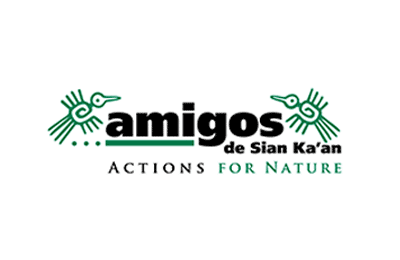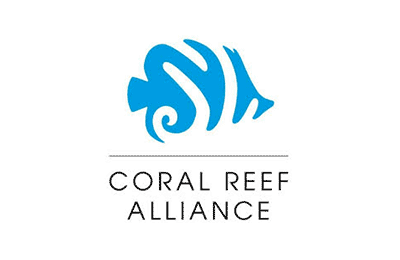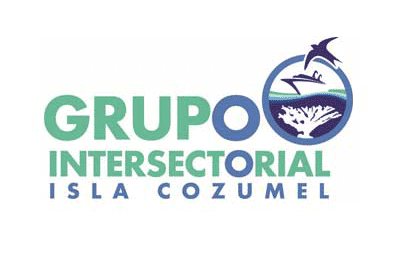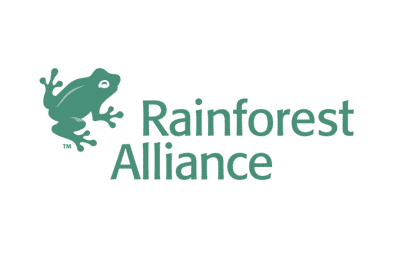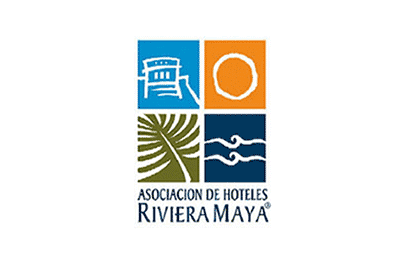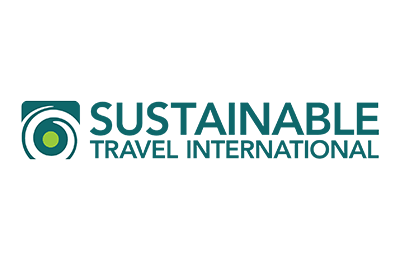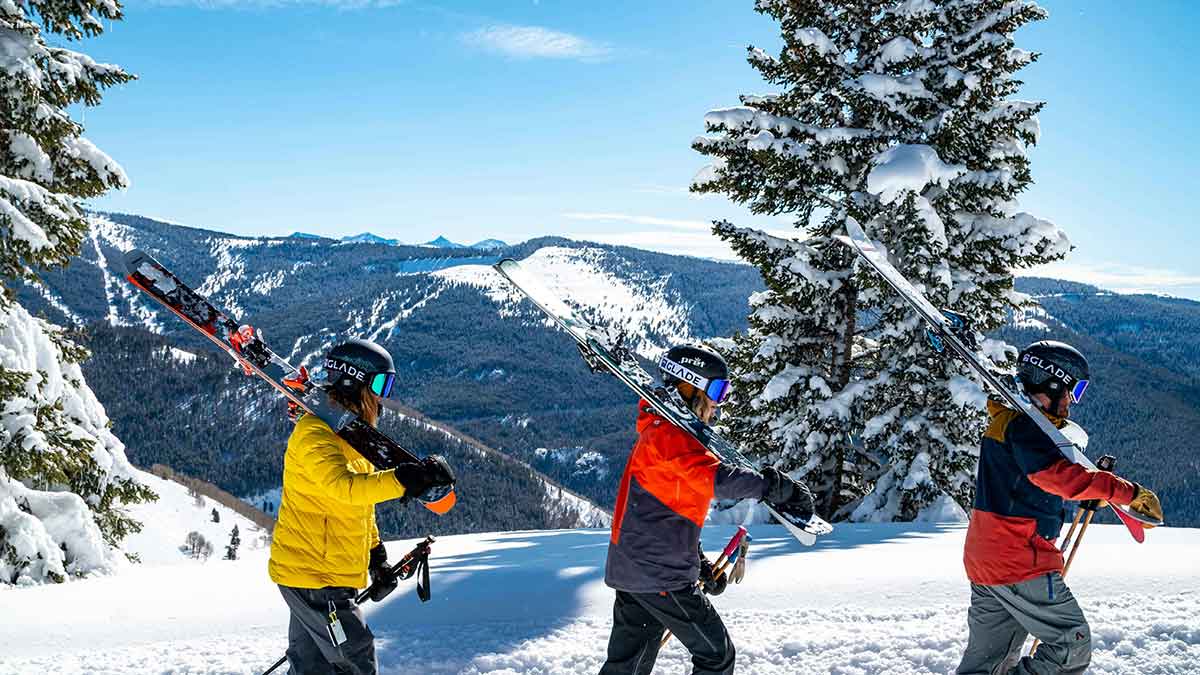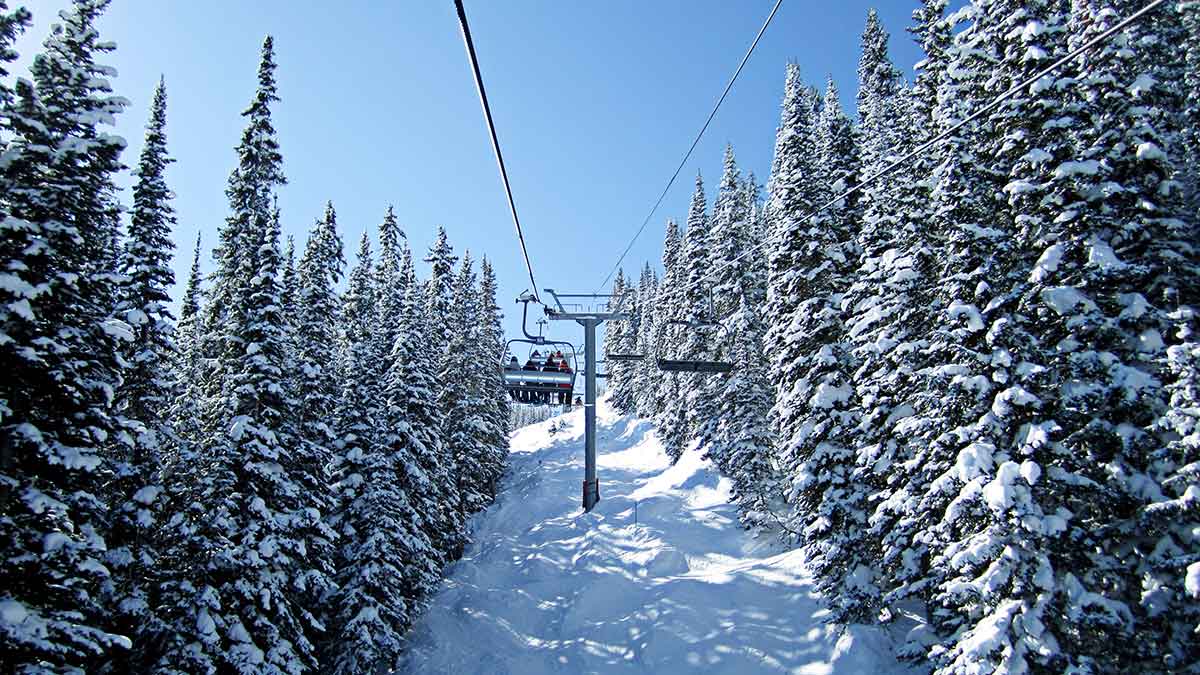With real estate development growing rapidly in Quintana Roo, MARTI, the Asociación Amigos de Sian Ka’an (Spanish acronym ASK), and the Ministry of Tourism of Quintana Roo launched the Guide for Sustainable Planning, Design, and Construction in the Mexican Caribbean. Within this guide, developers can find more information about local laws, tips to protect fragile ecosystems, information about Quintana Roo’s unique environmental features, and methods to create a development that withstands the effects of climate change.
Quintana Roo has several features that make it a unique site and the one most visited in Mexico, with 900 km of beach on the Caribbean Sea along the Mesoamerican Reef System, an impressive system of aquifers, karst soils and 3 million hectares of forest. Unfortunately, rapid real estate development spurred on by a thriving tourism industry has damaged these ecosystems, partly due to the lack of clear guidelines and plans for construction and growth that respect the unique geography and nature of the destination.
While government authorities had integrated some guidelines into the Local Ecological Zoning Programs (Spanish acronym POEL) of each municipality, the POELs tend to be unfamiliar or confusing for real estate developers.
Our Role
In 2012, MARTI, through the Asociación Amigos de Sian Ka’an (Spanish acronym ASK) and the Ministry of Tourism of Quintana Roo, launched the Guide for Sustainable Planning, Design and Construction in the Mexican Caribbean, as an alternative to this problem.
The guide is intended for real estate investors and includes a compilation of the regional characteristics of the state, its legislative and regulatory aspects, and an explanation of environmental and urban legislation and regulation. It also provides tools to determine the feasibility of a project, procedures to ensure the legality of the paperwork and operations, and it gives recommendations on design and construction.
“This guide provides a complete and easy way to understand the legislation and all the aspects that one needs to know when developing a real estate project. But, for me, even more valuable is that it helped integrate the environmental part that previously had been viewed as something totally separate from the urban development sector,” said Sergio Vasquez, Director of Urban Tourism Studies for the government of the state of Quintana Roo.
Environmentally, Vásquez says, the guide not only points to the need for infrastructure to protect mangroves and not contaminate water, it also advises developers on how to protect their projects from the effects of climate change, the karst soils, and the winds. In Quintana Roo, roads and hotels have collapsed into sinkholes, because the subsoil features were not considered and projects were built above caverns. In addition, the infrastructure is highly vulnerable to natural disasters related to climate change.
The guide is positioned as a tool for voluntary compliance, a valuable reference document for developers, and an educational tool in the schools of architecture and engineering. The guide is available online and 2,000 printed copies have been distributed. At least 450 engineers and architects in Responsible Project Director (RPD) positions in Quintana Roo were trained with the guide.
The criteria from the guide have also become the basis for the creation and updating of several POELs, such as the ones for Benito Juarez, Solidaridad and Othon P. Blanco. Thus, components of the guide’s criteria are now part of the law.
“Quintana Roo will continue to grow, this cannot be avoided,” said José Funes, delegate of the Ministry of Environment and Natural Resources (Spanish acronym SEMARNAT). “These tools are essential to ensuring truly sustainable development and they are helping entrepreneurs adapt to new challenges, such as climate change.”
Location

Destination: Mexico

Region: Mesoamerican Reef
Dates
2012 – 2018
Program
This project was part of the MesoAmerican Reef Tourism Initiative (MARTI), a collaborative program that engaged the tourism industry in protecting the health of the Mesoamerican Reef while generating community benefits. Sustainable Travel International was a founding partner of MARTI and the initiative’s secretariat.
News & Stories
Protect the Places You Love
Help conserve our planet’s most vulnerable destinations and empower the people who live there.



